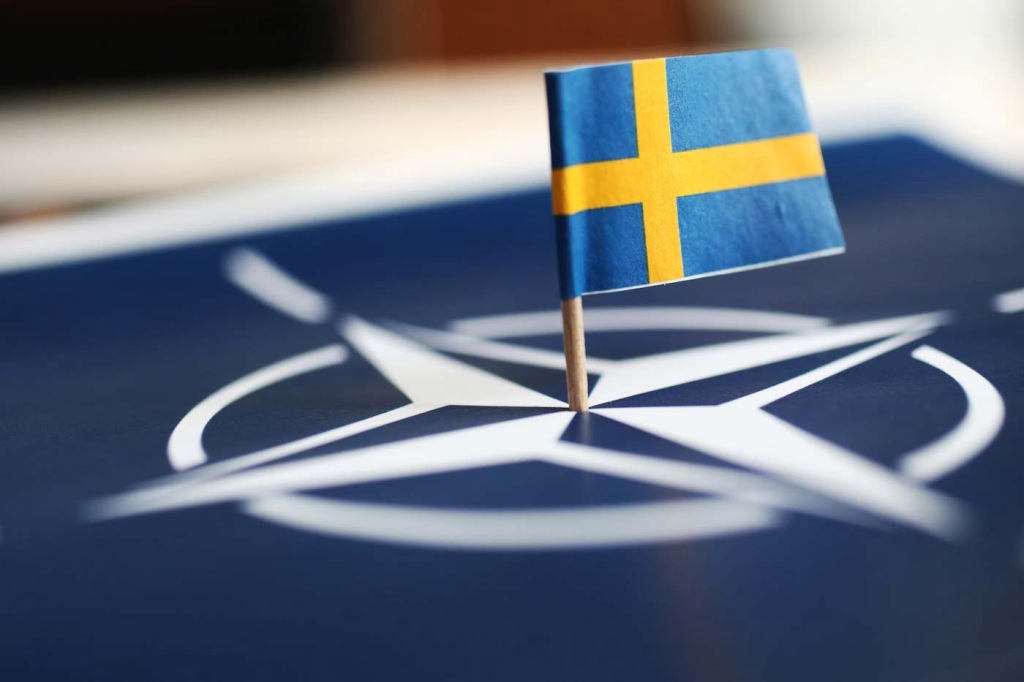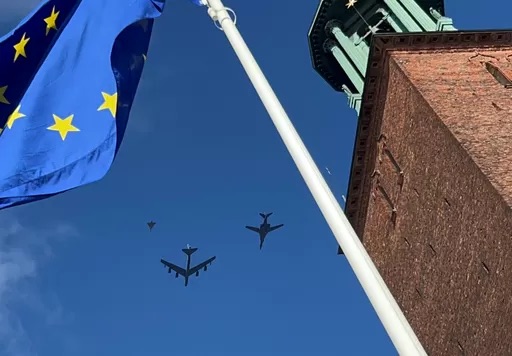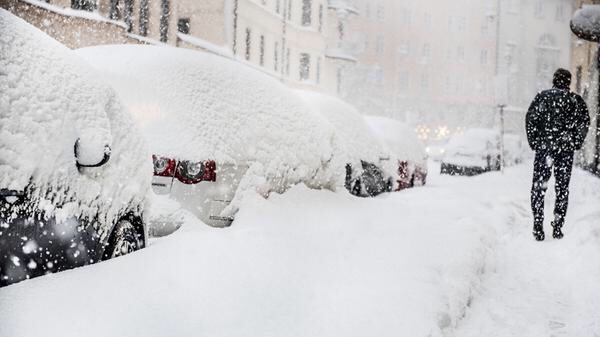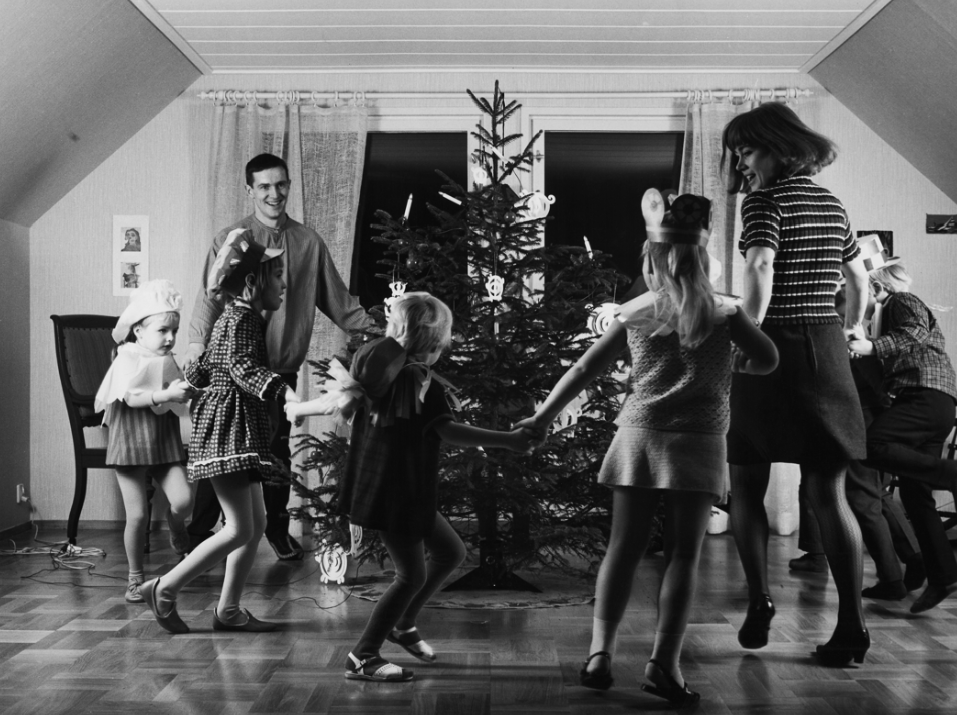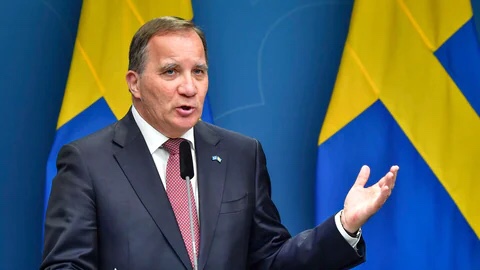
Sweden’s Prime Minister today resigned after losing a vote of no confidence last week. This vote, and his subsequent resignation, throws the country into political chaos in the middle of a pandemic and just one year before a scheduled general election.
The sad thing is that this could have been avoided if it wasn’t for political positioning. This chaos is the main responsibility of three small parties who hold the balance of power and who cannot drop their prestige. They all say they do not want an new election, but have acted in such a way that a new election is now inevitable. And the worse thing is that they all use the same argument that they are ‘taking responsibility for Sweden’. BULLSHIT. Responsibility would be to resolve this issue and keep us on a stable path for one more year.
After a Prime Minister resigns in Sweden, the speaker of the House has an opportunity to find a new constellation of government. If that doesn’t succeed, then it is a new election. This is the most likely to happen given the make up of the parliament at the moment. Whatever government comes out of this new election will rule for less than a year. It is very unlikely they can achieve anything in this period of time so it is essentially toothless. And pointless. And expensive.
So another period of unrest lies ahead. And a costly one. The 400,000,000 Swedish crowns that an election costs could better be spent elsewhere.
But hey, if we elect politicians that decline to cooperate with each other and they refuse to drop their prestige for the stability of the country – this is the shit show we end up with.







